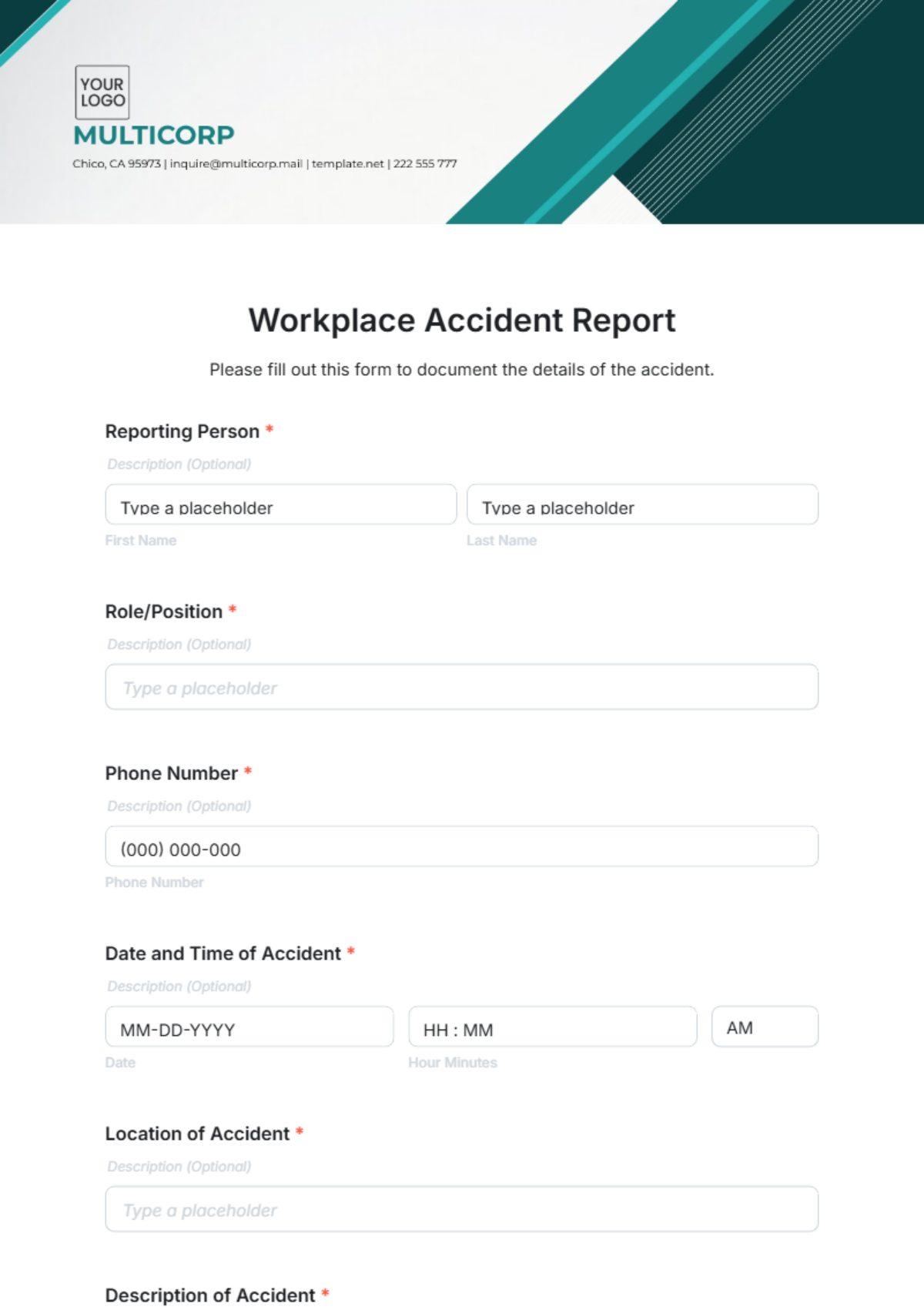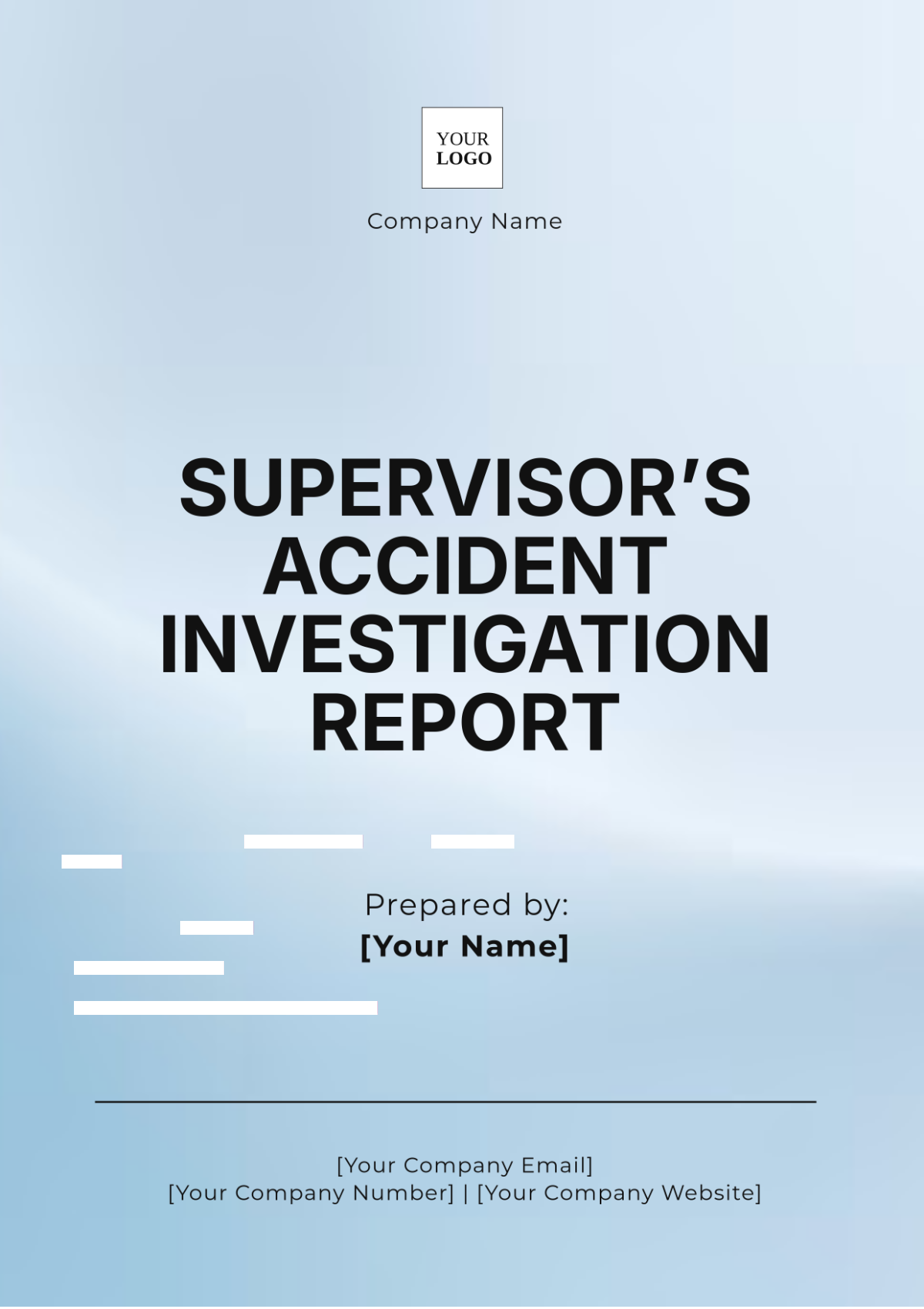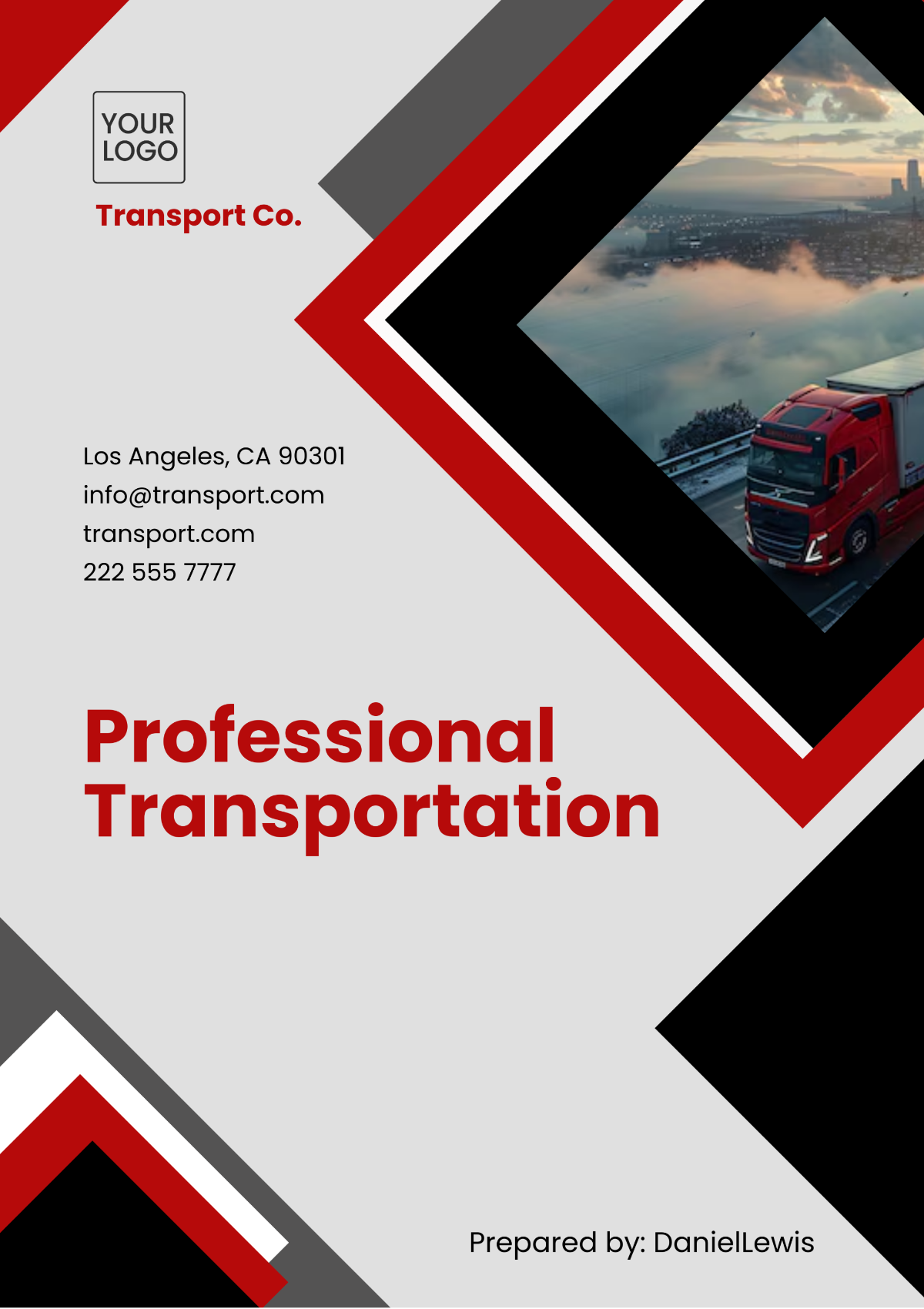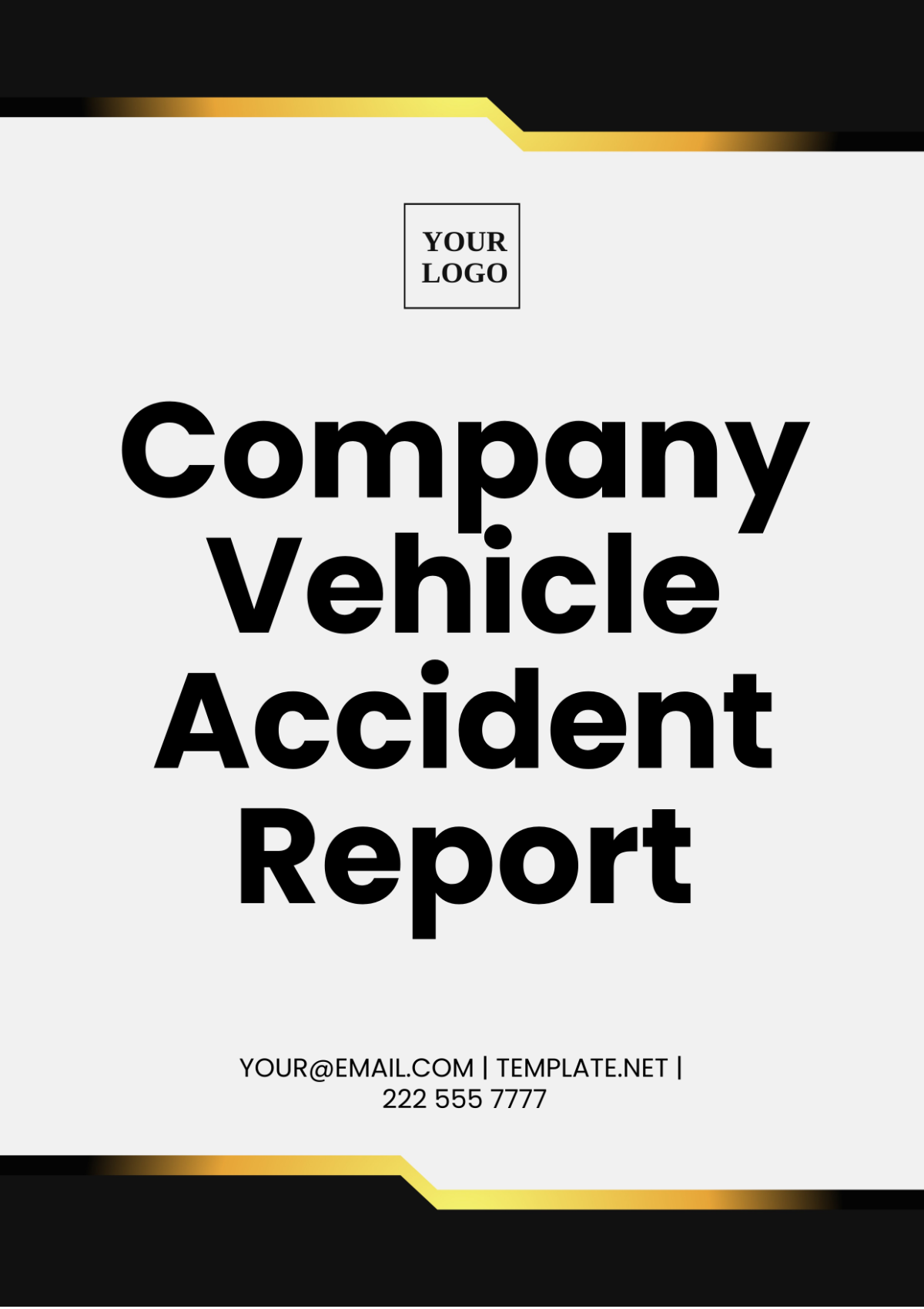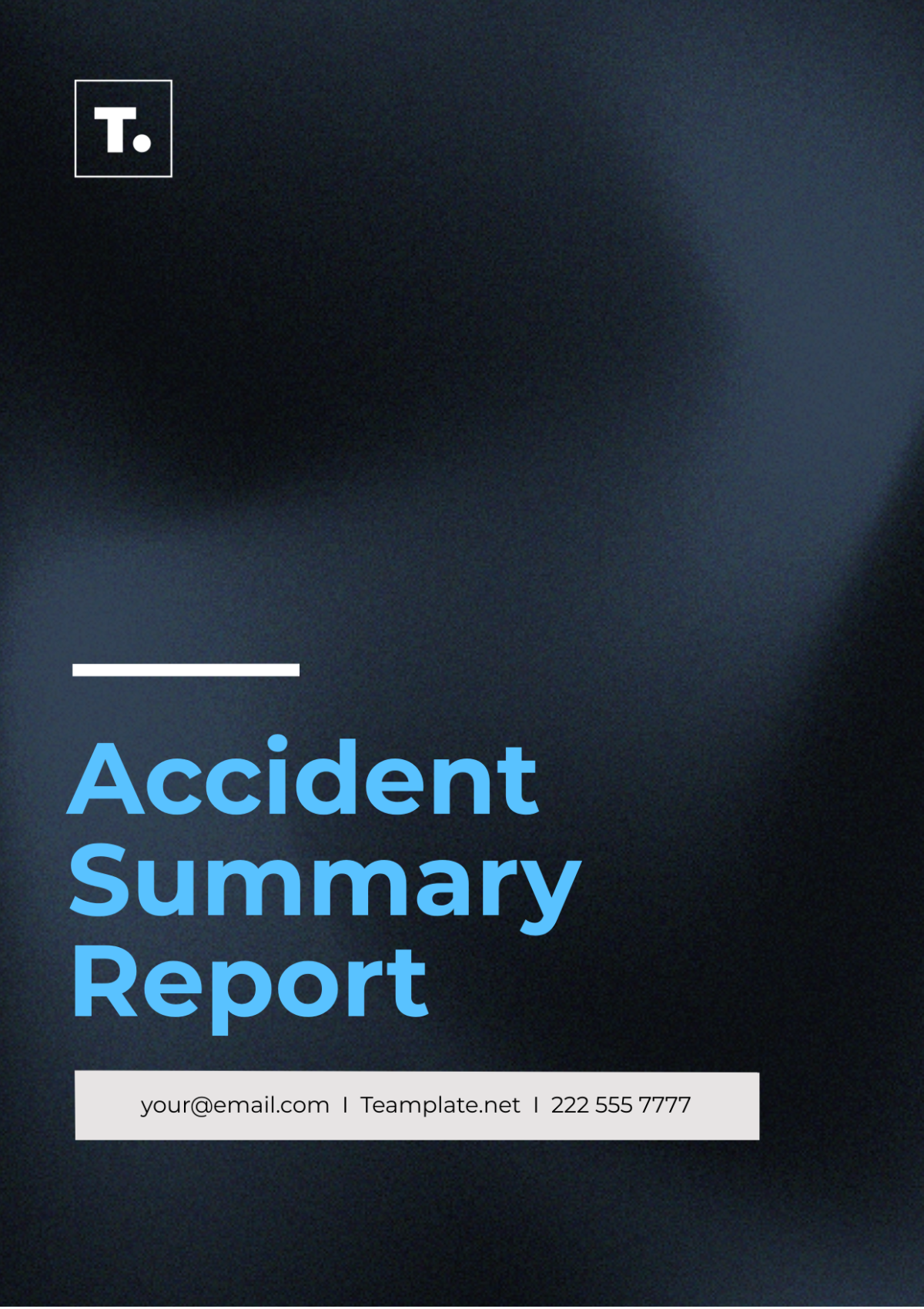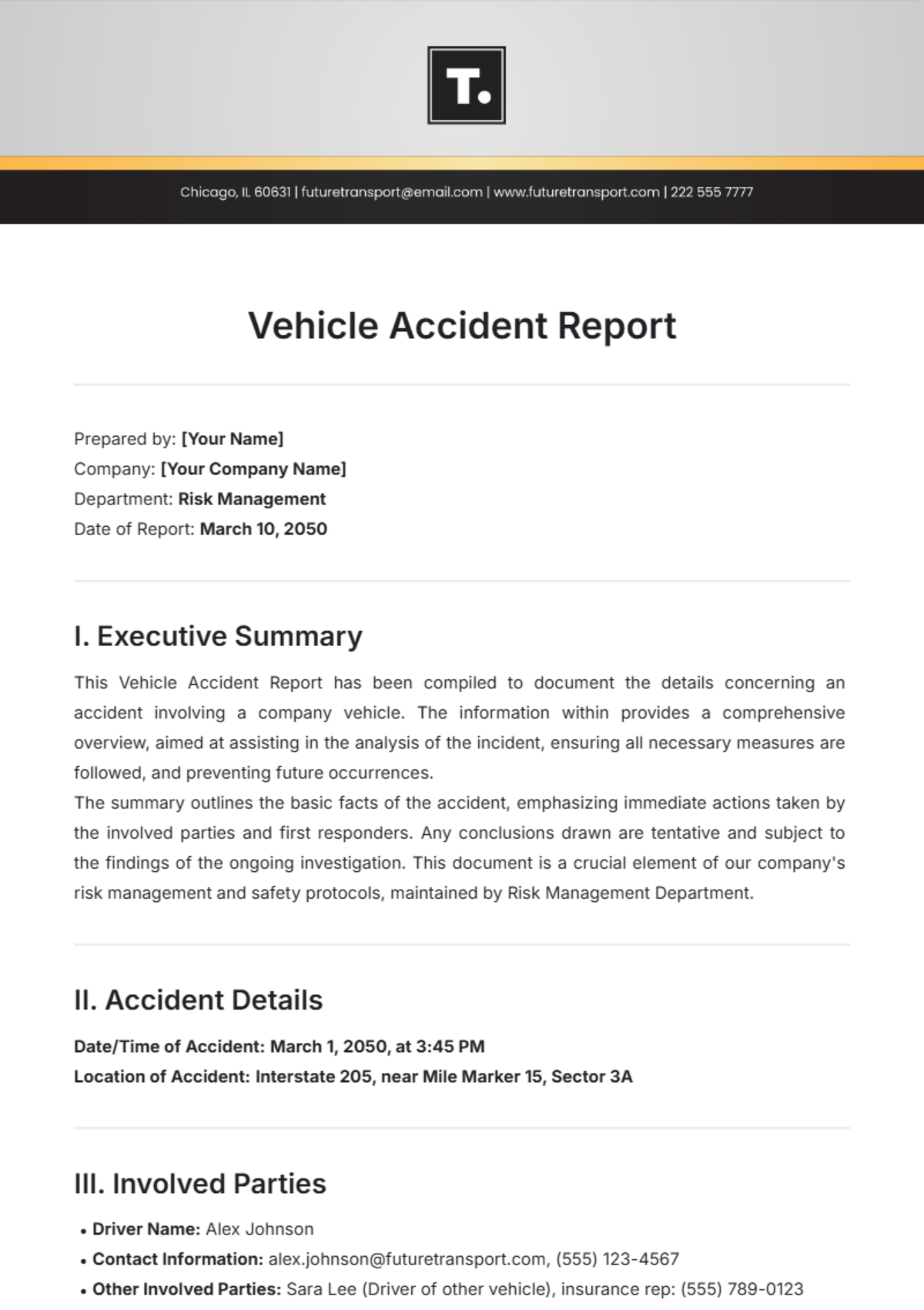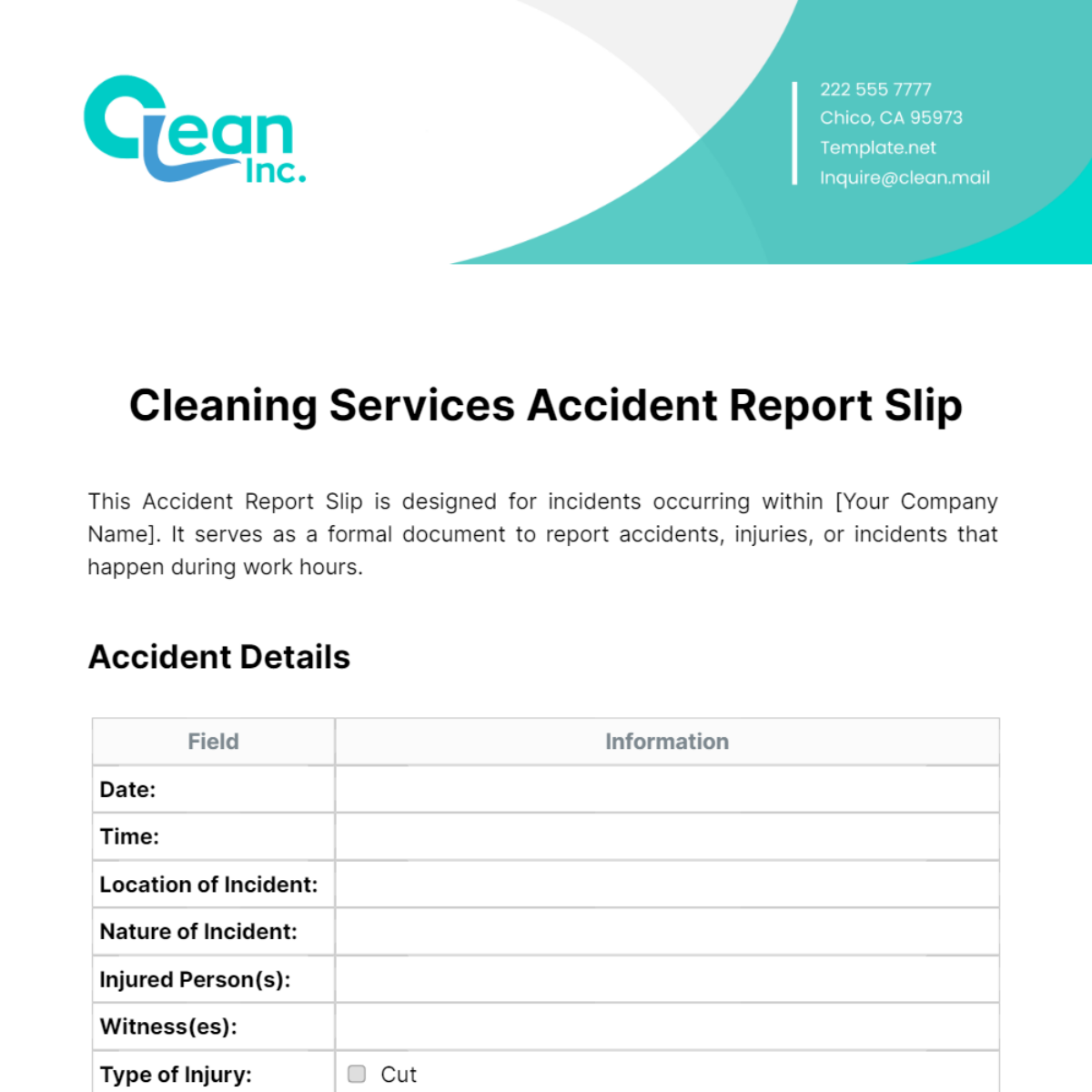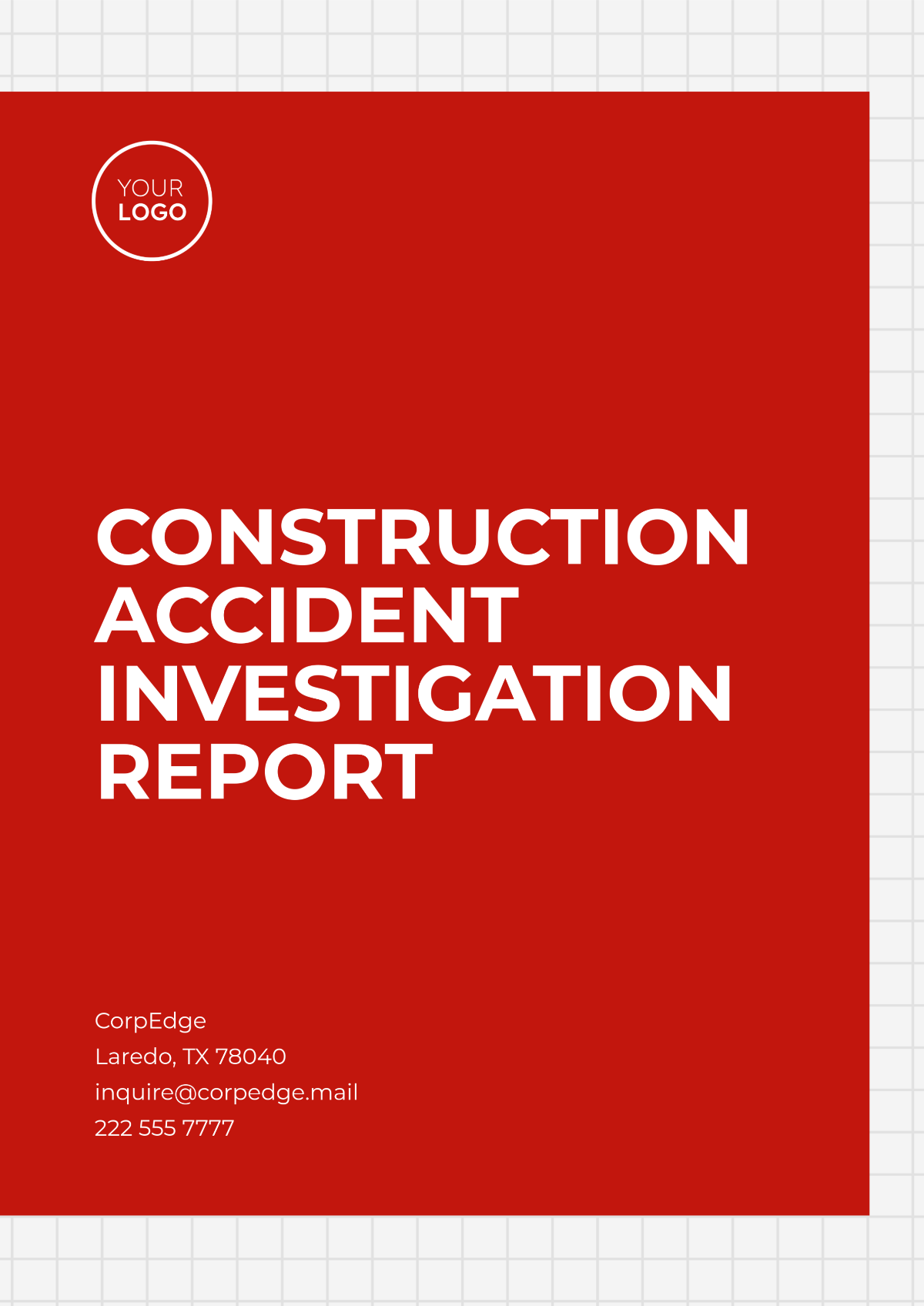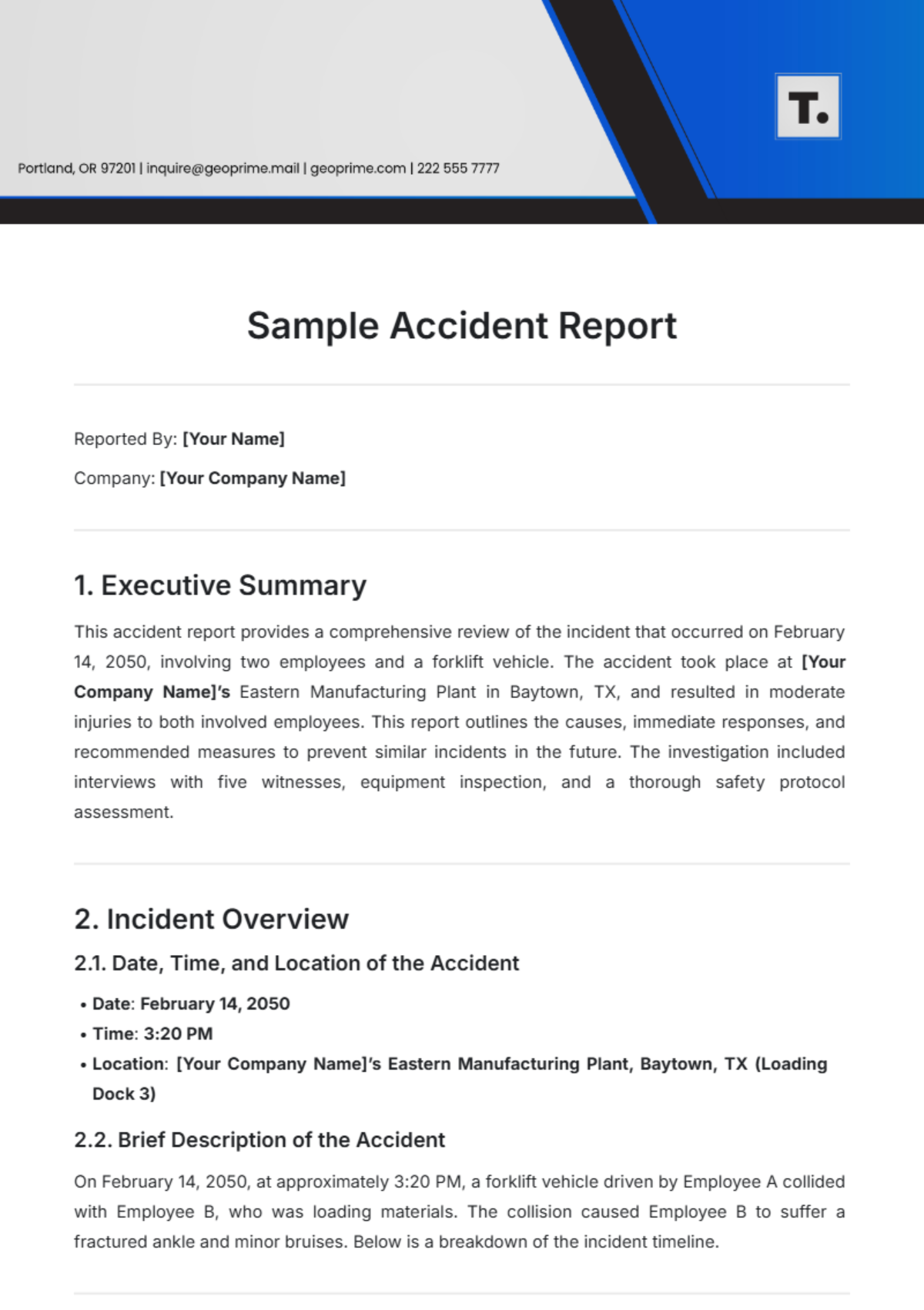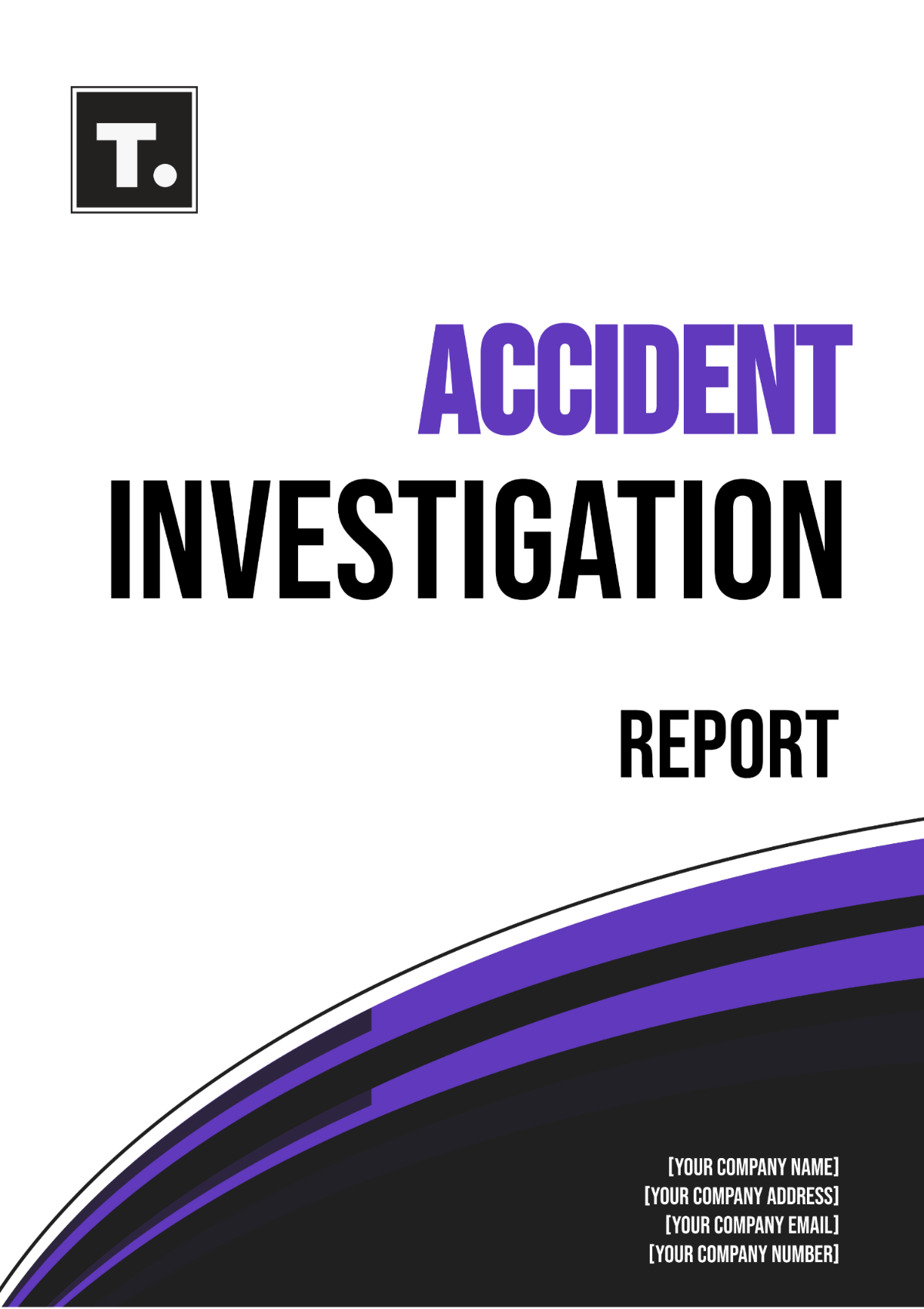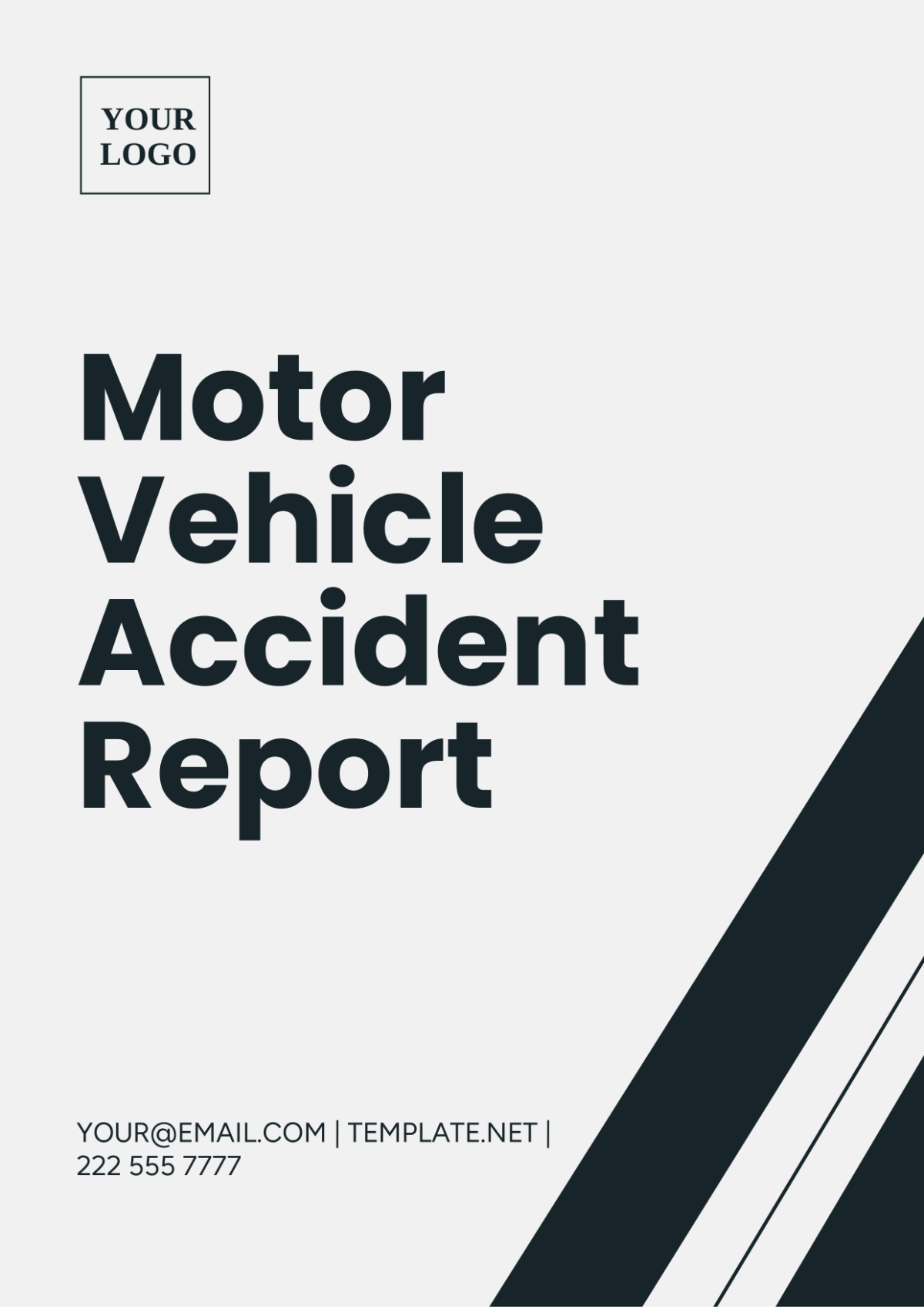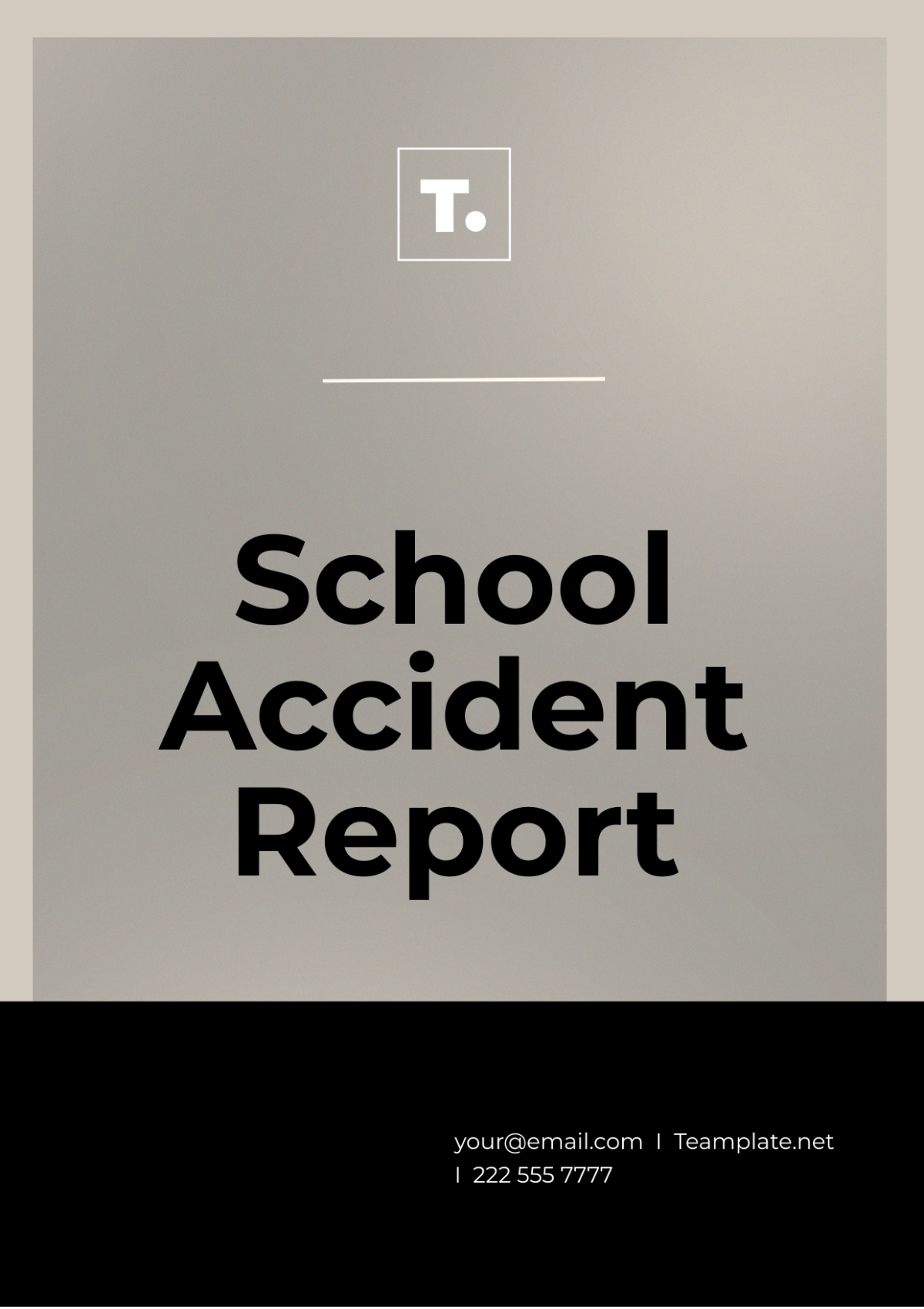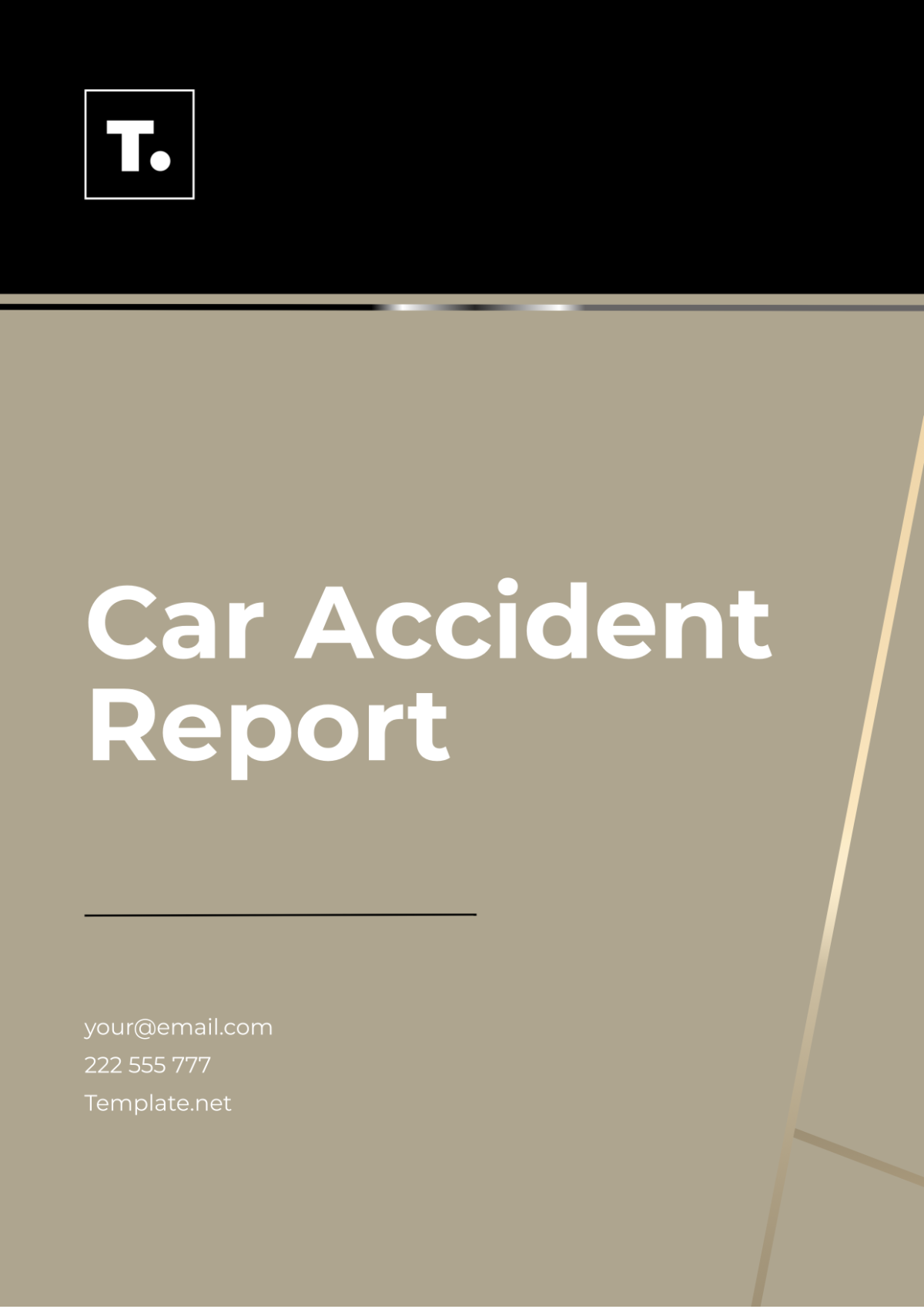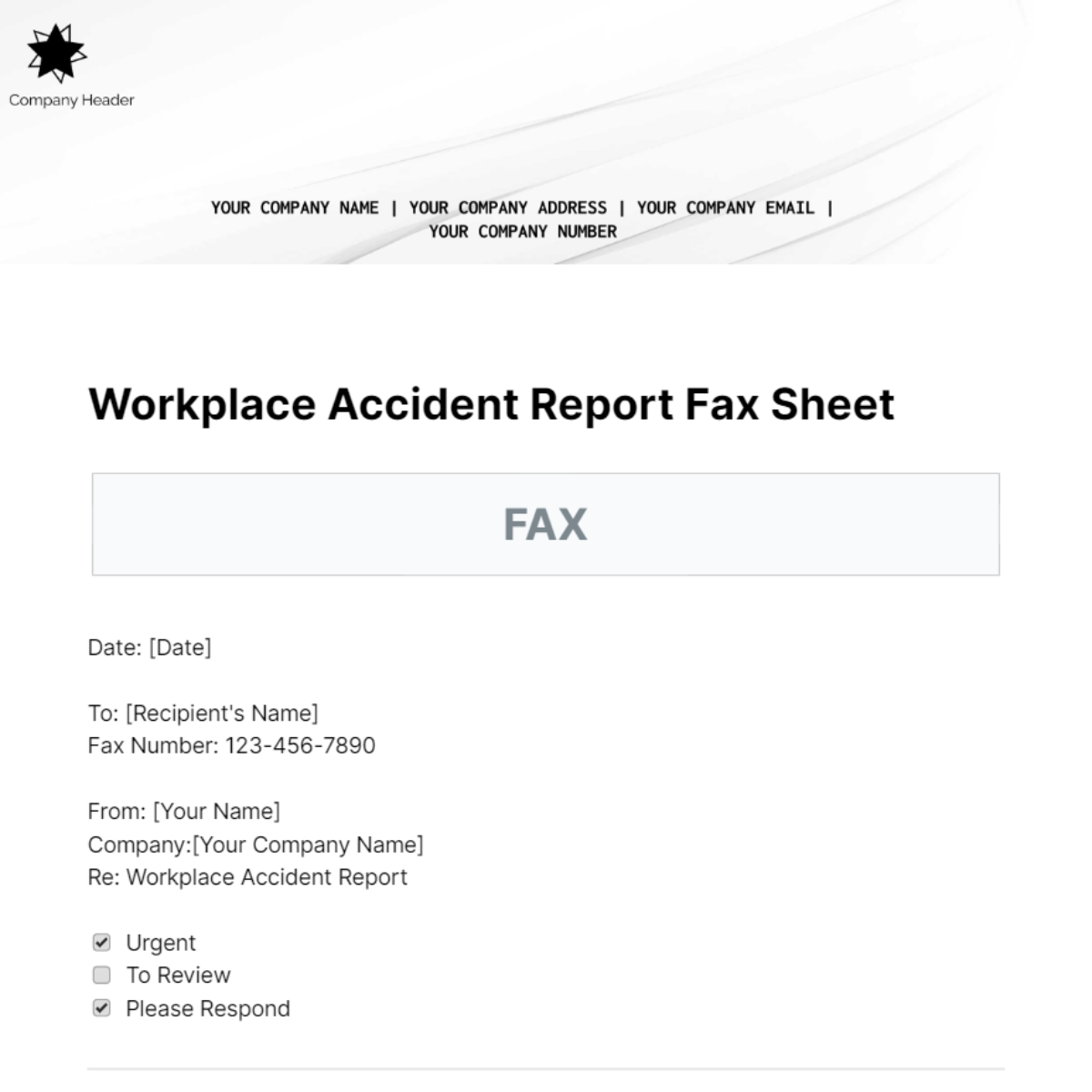Sample Accident Report
Reported By: [Your Name]
Company: [Your Company Name]
1. Executive Summary
This accident report provides a comprehensive review of the incident that occurred on February 14, 2050, involving two employees and a forklift vehicle. The accident took place at [Your Company Name]’s Eastern Manufacturing Plant in Baytown, TX, and resulted in moderate injuries to both involved employees. This report outlines the causes, immediate responses, and recommended measures to prevent similar incidents in the future. The investigation included interviews with five witnesses, equipment inspection, and a thorough safety protocol assessment.
2. Incident Overview
2.1. Date, Time, and Location of the Accident
Date: February 14, 2050
Time: 3:20 PM
Location: [Your Company Name]’s Eastern Manufacturing Plant, Baytown, TX (Loading Dock 3)
2.2. Brief Description of the Accident
On February 14, 2050, at approximately 3:20 PM, a forklift vehicle driven by Employee A collided with Employee B, who was loading materials. The collision caused Employee B to suffer a fractured ankle and minor bruises. Below is a breakdown of the incident timeline.
2.3. Incident Timeline
Time | Event Description |
|---|---|
3:20 PM | Forklift collision with Employee B while maneuvering in tight space |
3:22 PM | Nearby employees responded; supervisor alerted |
3:25 PM | First aid provided to Employee B; injury assessed as non-life-threatening |
3:30 PM | Medical personnel arrived for additional support |
3:45 PM | Incident reported to Safety Department for investigation |
5:00 PM | Area secured, equipment removed from active use |
3. Personnel Involved
3.1. Injured Parties
Names: Employee A (Forklift Operator), Employee B (Material Handler)
Position/Role:
Employee A: Forklift Operator with 3 years of experience at [Your Company Name]
Employee B: Material Handler working in Loading Dock Operations
Extent of Injuries:
Employee A: No physical injuries but psychological stress assessed
Employee B: Fractured ankle, minor bruises on left leg
3.2. Witnesses
Names: Witness 1, Witness 2, Witness 3, Witness 4, Witness 5
Position/Role: Loading Dock Operators and Supervisors
Witness Statements:
Witness 1: Observed forklift moving unusually fast in restricted area
Witness 2: Noted Employee B was in the forklift’s blind spot
Witness 3: Confirmed absence of any verbal warning before collision
4. Cause of the Accident
4.1. Primary Causes
Mechanical Failure: Initial inspection revealed a delay in the forklift’s braking response, likely due to under-maintained hydraulic system.
Human Error: Employee A failed to check the blind spot before proceeding in the narrow space, leading to the collision with Employee B.
4.2. Secondary Causes
Environmental Conditions: The lighting in Loading Dock 3 was below optimal levels, limiting visibility.
Communication Gaps: Miscommunication regarding loading schedules between Warehouse Supervisors and Operators led to overlapping work zones.
5. Immediate Response and Actions Taken
5.1. First Aid and Medical Assistance
First Aid Administered By: On-site Nurse immediately assisted Employee B
Medical Personnel Arrived: 3:30 PM
Hospitalization: Employee B was taken to Baytown General Hospital for further examination and released the next day.
5.2. Site Security and Cleanup
Securing the Site:
Responsibility: Managed by Safety Officer
Actions Taken: Area cordoned off and forklift removed from active use
Cleanup Efforts:
Process: Hazardous materials were cleared, and all equipment was inspected for safety compliance
Completion Time: 4:30 PM
6. Investigation Findings
6.1. Equipment Analysis
Equipment Involved: Forklift Model XYZ-2050 with a recent service date of December 1, 2049
Inspection Date: December 1, 2049
Inspection Findings:
Defects Detected: Minor hydraulic issues were identified but not fully addressed in the last inspection
Condition: Forklift was operational but displayed lag in braking response
6.2. Human Factors
Training Status: Employee A had completed mandatory safety training as of January 2050
Decision-making and Compliance:
Operator Decisions: Employee A opted to bypass safety signals due to time pressure
Compliance with Protocols: Investigation found Employee A did not adhere to blind spot checks
6.3. Environmental and Procedural Factors
Factor Type | Findings/Observations |
|---|---|
Lighting | Area was dimly lit, compromising visibility for operators |
Signage | Warning signs were not highly visible in the restricted zone |
Weather Conditions | Not applicable (indoor site) |
Safety Protocols | Protocol for forklift blind spot check was not adequately enforced |
7. Recommendations for Future Prevention
7.1. Equipment Upgrades and Maintenance
Routine Inspections: Increase frequency of inspections for XYZ-2050 forklifts to monthly
Upgrade Outdated Equipment: Replace aging forklift models with newer, safer models by 2051
Scheduled Maintenance: Maintenance schedules must be adhered to with strict enforcement
7.2. Enhanced Training and Compliance
Regular Training Programs: Conduct quarterly training sessions focusing on forklift safety and blind spot awareness
Reinforcement of Safety Protocols:
Develop a stricter monitoring system to ensure compliance with safety protocols
Implement disciplinary actions for non-compliance with forklift operation procedures
7.3. Environmental and Procedural Improvements
Improved Lighting: Install high-intensity LED lights in Loading Dock 3
Signage and Communication:
Place highly visible warning signs in restricted zones
Enhance communication protocols between Warehouse Supervisors and Operators
8. Conclusion
The investigation into the February 14, 2050 accident at [Your Company Name]’s Eastern Manufacturing Plant in Baytown, TX identifies the primary cause as a combination of mechanical failure in the forklift and human error. Environmental factors, particularly poor lighting and communication gaps, further contributed to the accident. Immediate corrective actions were taken, and additional preventive measures have been recommended to enhance overall safety. Implementing these recommendations will help minimize risks and foster a safer working environment at [Your Company Name].


